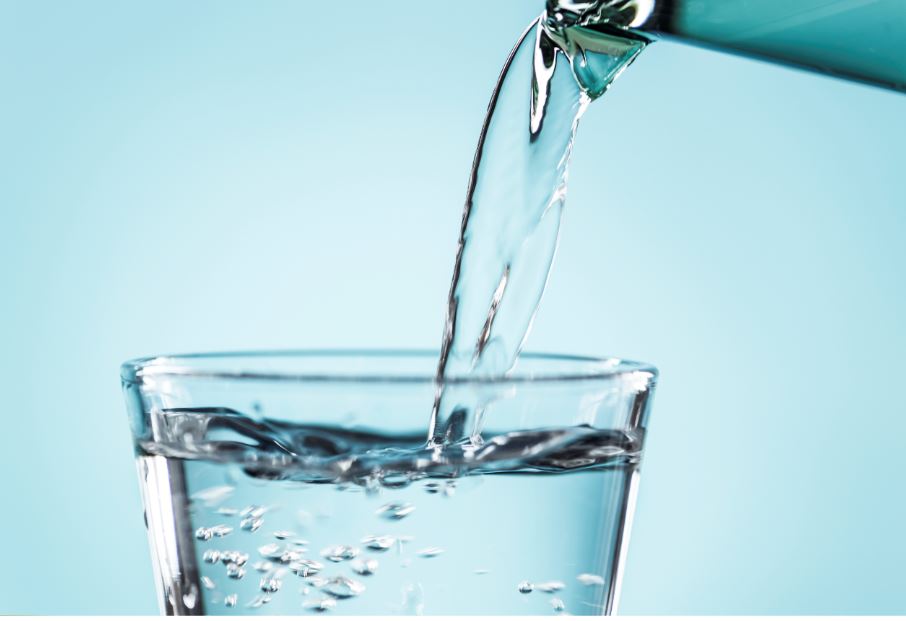Comparative analysis of the administrative component and disinfection processes used in two drinking water treatment plants
Main Article Content
Abstract
This article contains the comparative analysis conducted between two drinking water treatment plants (PTAP), one that supplies water to a part of the city of Bogotá, Colombia and another to the city of Boston, United States of America (USA). The analysis focuses on three aspects, the treatment implemented in the water that enters the PTAP’s, the disinfectant used in the plants and the administrative model used in each country. According to studies carried out at the Carroll Water Treatment Plant (CWTP), when implementing the Ozonation disinfection system, considerable and considerable changes are obtained in the
characteristics of the water, its flavor and color, an increase in the inactivation of pathogens, as well as a dramatic reduction in disinfection byproducts. On the other hand, having several entities that intervene in the financial administration of the water resource provides better control and monitoring of it, as in the USA. Likewise, the prevention of water pollution seems a wiser and prudent management directive than the cleaning of our water sources in the future.
References
J. A. Romero, Calidad del agua, Bogotá: Escuela Colombiana de Ingeniería, 2009.
J. Arboleda Valencia, Tratamiento y purificación del agua, Bogotá: Mc Graw Hill, 2000.
W. J. Weber y Ja. A. Borchardt, Control de la calidad del agua: procesos fisicoquímicos, Barcelona: Reverté, 1979.
R. J. Cicerone, “Safe Drinking Water Is Essential”, Reports from Natl. Acad., sept., 2007. [MP4].
H. B. Wright y W. L. Cairns, “Desinfeccion de agua por medio de luz ultravioleta H. B. Wright y W. L. Cairns Trojan Technologies Inc. 3020 Gore Road, London, Ontario, Canada N5V 4T7”, Trojan Technol. Inc., vol. 4, pp. 1-28, 1996.
R. Guimarães, J. R., Ibáñez, J., Litter, M. I. y R. Pizarro, “Desinfección de agua”, en Eliminación de contaminantes por fotocatálisis heterogénea, M. A. Blesa y B. Sánchez Cabrero, eds. Madrid: CIEMAT, pp. 375-388, 2001.
Massachusetts Water Resources Authority, “Water Quality Update: An Analysis of January 2018 Sampling Data”, Massachusetts , en., 2018.
P. D. G. de C. y Procesos, “Productos y servicios de la EAAB 2018”, 2018.
A. M. Alcocer, “Contrato de Servicios Públicos Domiciliarios de Acueducto y Alcantarillado de Bogotá. Colombia”, Bogotá, 2015.
One Water L.A., “Watershed Protection Program”, Los Abgeles, 2014.
Massachusetts Water Resources Authority, “Massachusetts Water Resources Authority MWRA Water Supply and Treatment”, Massachusetts, 2012.
U.S. EPA, “Understanding the Safe Drinking Water Act”, 1974. [En línea]. Disponible en: https://www.epa.gov/sites/production/files/2015-04/documents/epa816f04030.pdf
Massachusetts Department of Conservation and Recreation (DCR)., “Water Quality Report: 010 Wachusett Reservoir and Watershed,” n.° abr., 2011.
Boston Water and Sewer Commission, (s.f.), “About BWSC” [En línea]. Disponible en: https://www.bwsc.org/about [último acceso 26 de abril de 2019].
Ministerio de Ambiente Vivienda y Desarrollo Territorial, “Reglamento Técnico del Sector de Agua Potable y Saneamiento Básico RAS-2000. Sección II. Título C. Sistemas de potabilización”, Bogotá, (nov. 2000).
A. F. Topic et al., “Awwa Research Foundation, 2005” 2005.
J. M. Davies y A. Mazumder, “Health and environmental policy issues in Canada: The role of watershed management in sustaining clean drinking water quality at surface sources,” J. Environ. Manage., vol. 68, n.° 3, pp. 273-286, 2003.
L. O. Gostin, Z. Lazzarini, V. S. Neslund y M. T. Osterholm, “Water quality laws and waterborne diseases: Cryptosporidium and other emerging pathogens”, Am. J. Public Health, vol. 90, n.° 6, pp. 847-853, 2000.
G. F. Craun, “Surface Water Supplies and Health”, J Am Water Works Ass, vol. 80, n.° 2, pp. 40-52, 1988.
G. Chichilnisky y G. Heal, “Economic returns from the biosphere,” Nature, vol. 391, pp. 629-630, 1998.





